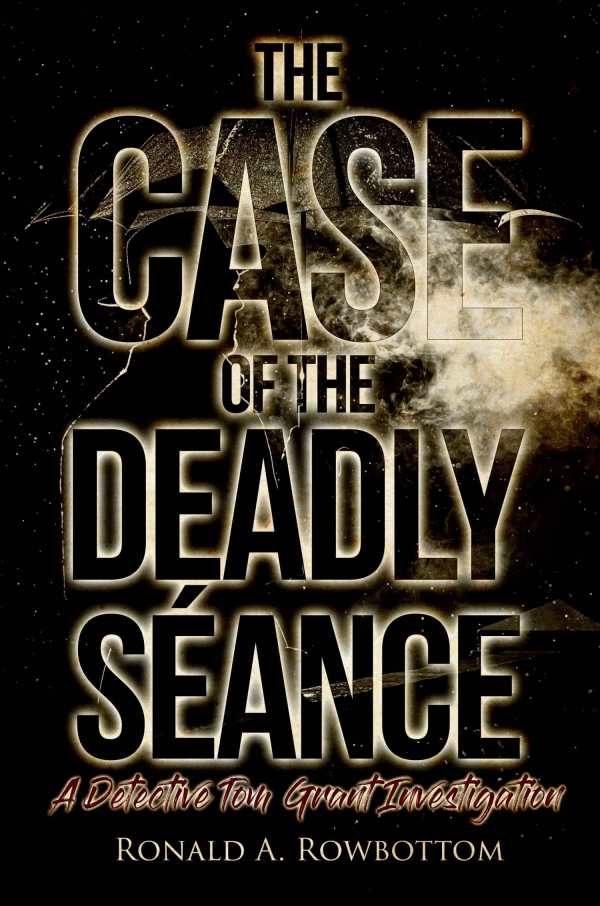The Case of the Deadly Séance
A Detective Tom Grant Investigation
In the mystery novel The Case of the Deadly Séance, a detective tries to close a murder case before retirement takes it out of his hands.
In Ronald A. Rowbottom’s mystery novel The Case of the Deadly Séance, a detective on the verge of retirement tries to solve his last cases.
Tom is two months away from retirement when he’s assigned his last murder case. The victim, Debbie, was a teenager who was bullied by her classmates, giving Tom his initial suspects. But when Tom takes on a second case, a string of drug overdoses, it becomes clear that the two cases are connected. He hurries to close both cases while grappling with conflicted feelings about the upcoming changes in his life.
However, audience interest is impeded by the fact that the identity of Debbie’s murderer becomes obvious early in the book, even to Tom himself. There’s little suspense as the novel progresses, and long portions of the related investigation are tedious. The same is true of the opioid case: its link to Debbie’s case, as well as the drug dealer’s identity, is apparent within a handful of pages. The time spent on the investigations themselves is limited: although the novel covers an eight-week span, most of its narrative concerns itself with other matters that often feel superfluous.
Indeed, the book goes on long, exposition-heavy tangents about whatever topic happens to be on Tom’s mind, whether of a professional or personal nature. When Debbie’s murder and the string of overdoses first come across his desk, there are lengthy explanations of both topics supported by extensive quotes from various sources. Furthermore, every location that Tom visits, whether for work or on his own, is described in excessive detail and with the inclusion of photographs. The plot itself takes a back seat to these pages-long tangents, at which point the novel devolves into an editorial rather than a story.
Still, Tom is an ably constructed hero whose conflicted feelings about his upcoming retirement are a central part of who he is. The cases’ influence on his decisions for post-retirement life is handled with care: it is clear from the beginning that he wants to help people. Other members of the cast, however, aren’t as fleshed out—with the exception of Debbie, who is known thanks to her diary, which reveals how she felt about being bullied and about her grandmother’s death. But the book’s general lack, and improper use, of punctuation is distracting and muddles the meaning of what’s being said, while its inconsistent use of dialogue marks means that it is not always obvious when a character has stopped speaking.
In the mystery novel The Case of the Deadly Séance, a detective tries to close a murder case before retirement takes it out of his hands.
Reviewed by
Carolina Ciucci
Disclosure: This article is not an endorsement, but a review. The publisher of this book provided free copies of the book and paid a small fee to have their book reviewed by a professional reviewer. Foreword Reviews and Clarion Reviews make no guarantee that the publisher will receive a positive review. Foreword Magazine, Inc. is disclosing this in accordance with the Federal Trade Commission’s 16 CFR, Part 255.

